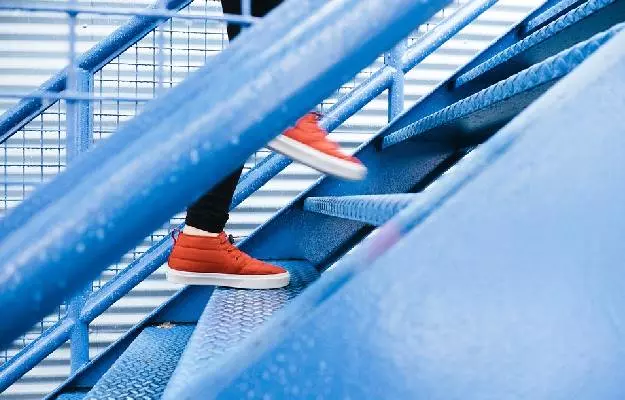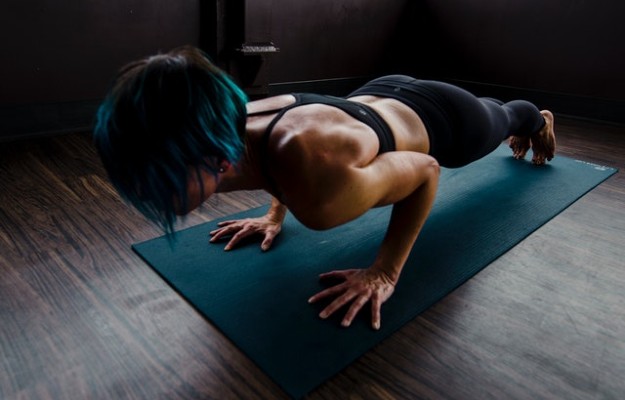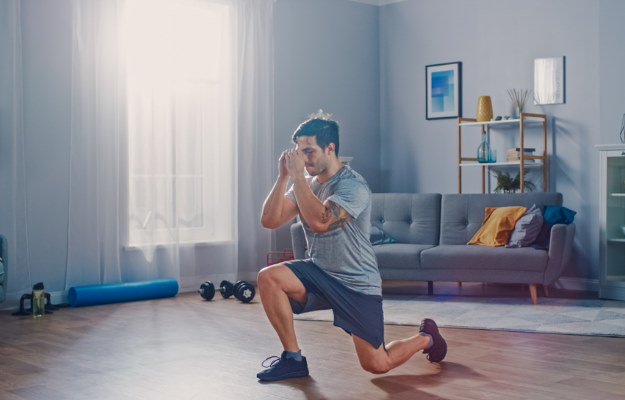You may be very committed to the idea of fitness - regular exercise and a balanced diet - yet life often gets in the way. Most of the time, you’re in a hurry to get out of the house for work. You rush through meals or skip them altogether to make time to pick up the kids from school. Or you compromise on sleep to wake up early when you have a flight to catch.
Whatever the immediate reason, the end result is the same. In the rush to get everything done, that New Year resolution to go to the gym or for an early morning run takes a back seat. By the time you return from work, exercise is the last thing on your mind.
Preparing elaborate meals or sticking to a diet plan is a much tougher proposition than taking a simple daily activity and turning it into a lifestyle that can be followed. Instead of taking the elevator to reach your home or place of work, why not switch to climbing the stairs?
Shaking up your sedentary lifestyle and introducing more activity in your daily life is important to maintaining good heart health and reducing the chances of early illnesses. Climbing stairs breaks up the time spent in elevators by bringing in essential cardiovascular activity in its place.






















